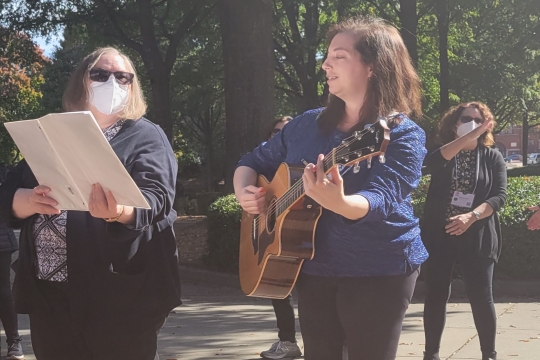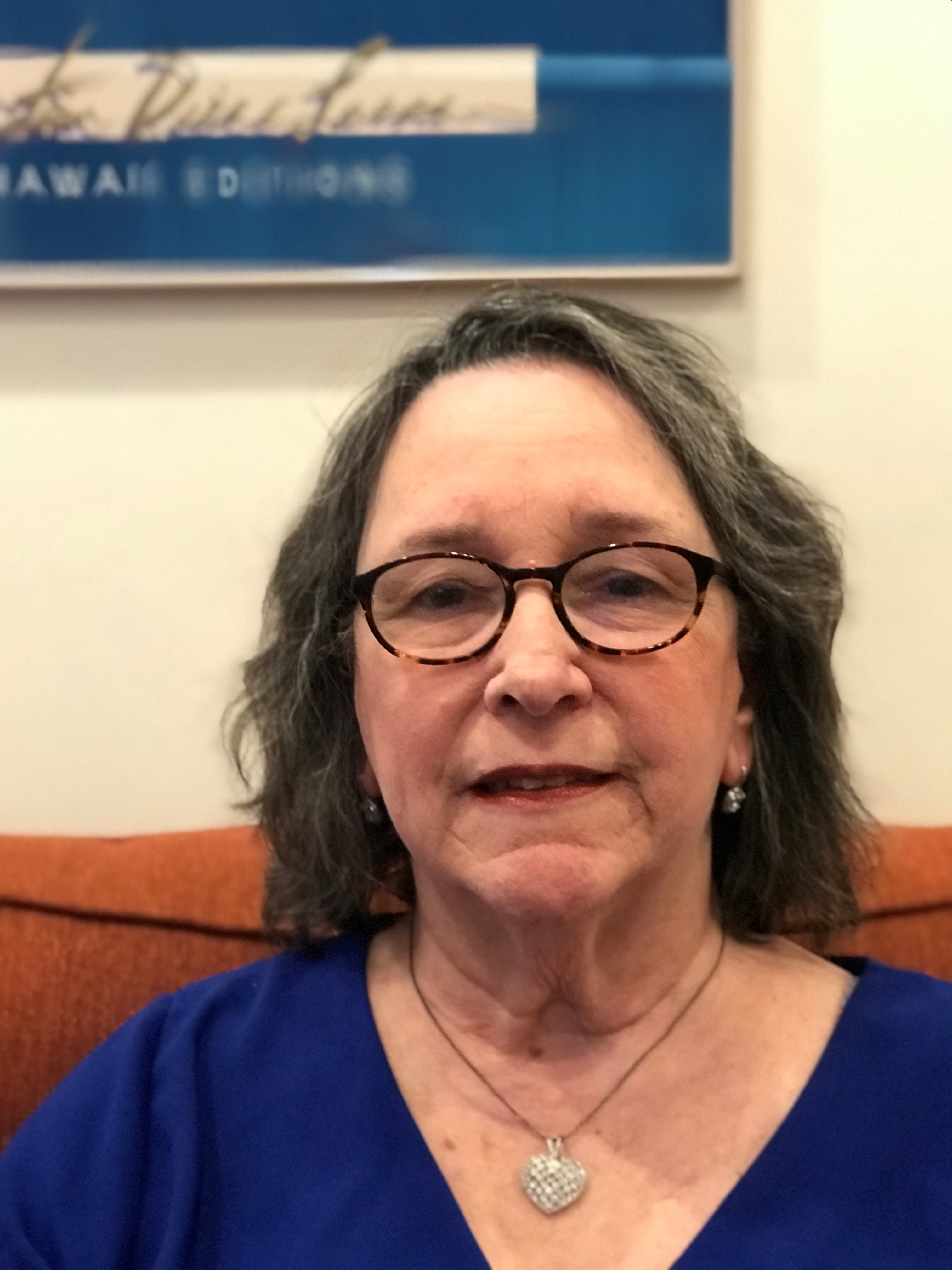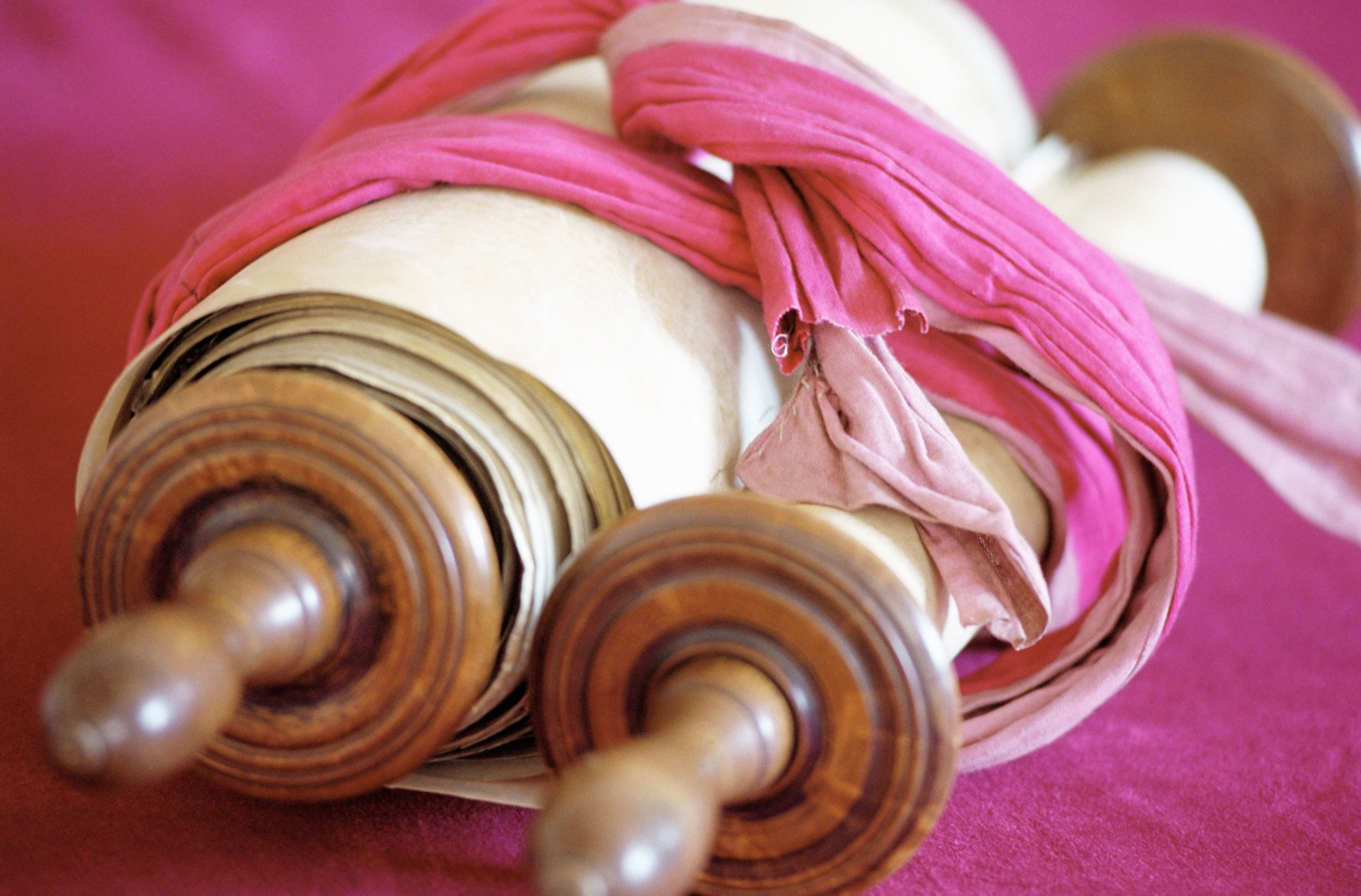
We all have heard the pronouncement from the ancient rabbis of the “Giving of the Torah.” That is a statement that always brings me a tremendous feeling of peoplehood. Today, in Reform synagogues throughout North America, there is another ritual, referred to as the “Giving of the Torah Portion,” when the rabbi or cantor presents the soon-to-be Bar/Bat Mitzvah child with the Torah portion, which they will chant on the day of the Bar or Bat Mitzvah. In my years of being a Jewish educator, I have seen many of those students not give a second thought to the content of the Torah portion until they really begin to read it. Many are delighted as they read about Abraham and Sarah and God’s command to go forth from the land, or about God’s command to gather the animals, two by two, and put them on an ark, or when Moses shatters the (first set) of the Ten Commandments or other fairly well-known Torah portions which might actually ring a bell in the student’s head.
Then, there are those portions like Parashat T’tzaveh. Not terribly well-known and filled with details about which most people have little interest. It is a portion that requires a lot of slow, careful reading, which ultimately leads to some fascinating and fulfilling insights. But one must read carefully to find those insights and see their connection to our lives as Reform Jews.
What are the key points in this Torah portion? For the first time in a long time, there is no mention of Moses. Instead, we are introduced to two forms of religious leadership – the navi, the prophet, and the kohen, the priest. Rabbi Jonathan Sacks, z”l states that the prophet is “a person of drama, ‘speaking truth to power,’ unafraid to challenge kings and courts, or society as a whole, in the name of high, even utopian ideals.” The prophets of Israel, the greatest being Moses, were held in higher regard than any other personality.
The priests were different from the prophets. They served much more “behind the scenes,” out of the limelight, which focused on the prophets. Yet, they played a significant role in the leadership of the people of Israel, and, in fact, the people of Israel were called upon to become “a kingdom of priests” (Exodus 19:6). They never were called upon to be prophets.
What are the differences between the priests and the prophets?
- The priesthood was dynastic, passing from father to son. The role of prophet was not dynastic, as is evidenced by the fact that Moses’ sons did not follow in his leadership. His disciple, Joshua, did.
- The tasks of the priest were related to the job or office. There was nothing particularly personal or individualized. Prophets were all personal and relationship oriented. Each prophet brought his own personality to the role.
- There were certain rules of kavod — respect — for the priests. There were rules as to how to treat a priest. On the other hand, the people showed honor to the prophets by simply listening.
- The priests were removed from the people, remaining in the Temple, lest they become damaged within the community. There were rules about whom they could marry. The prophets, however, lived amongst the people and only spoke when they had something important to impart to the people. Until then, they functioned as regular members of the community, as farmers or shepherds or similar jobs.
- The priest offered sacrifices in silence. The prophets’ devotion to God came to the people through the spoken word.
- The priest and the prophets functioned in different time structures. The priests lived in cyclical times – days, weeks, months. The prophets lived in covenantal time – the “today” that is fundamentally different from the day before. The priests worked in distinctly structured ways, representing the structure of Jewish life. The prophet’s existence was fluid, representing spontaneity within Jewish life.
The last difference of which we take note of is that the priestly garments are explained at great length and in specific detail. However, the prophet is dressed in plain clothes, not unlike the other men in the community.
What is particularly interesting about this portion is that, at the end, after reading about Aaron’s robes and fancy garments, he still did not take the place of insight and impact that Moses held with the Jewish people. Why did the authors of the Torah go to such lengths to describe Aaron’s robes when not mentioning Moses throughout the entire Torah portion? Why do we seriously adorn the priest, but the prophet – whom we know has truly been the inspirational guide for us throughout our history – is dressed no different than a member of the community? While the priest stands out with his extravagant adornments, how does the prophet stand out? If we honor the priest with fancy dress, how do the people honor the prophet? Maybe it was the words and deeds performed by the prophets that held the people in such awe.
We have been led by both priests and prophets, who have historically been treated differently. How does this parallel our religious and organizational leadership today? Whom (or what) do we adorn with fancy dress, and whom do we turn to for spiritual and organizational guidance? Are they the same? If not, how do we distinguish one from the other?
These are questions the reader can ponder on their own. However, the overall message about the reading of this particular portion is that within the portion that seems “thick” with uninteresting details lies a rich tradition of meaningful information and history continuing to guide us as Reform Jews today.
Related Posts
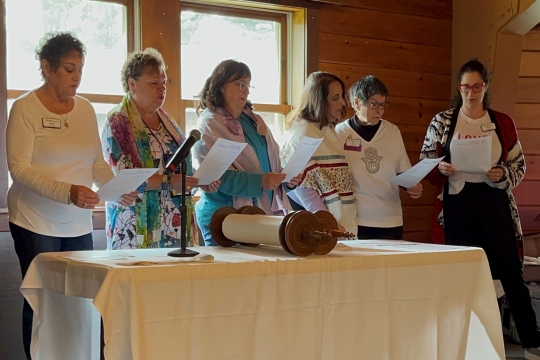
Parashat Yom Rishon shel Rosh HaShanah
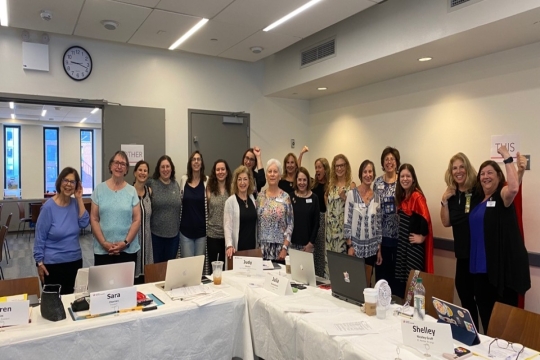
Cultivating a Culture of Accountability and Belonging
